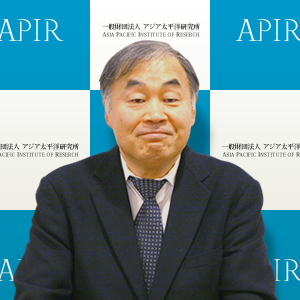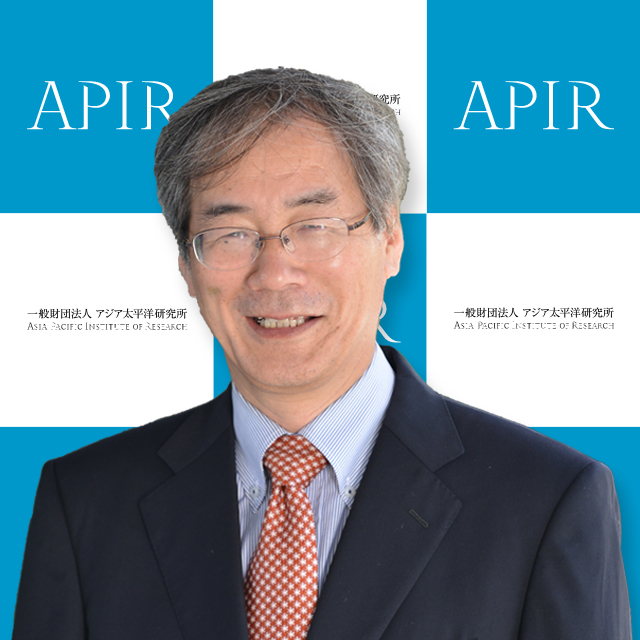Creating and using the 2015 Kansai inter-regional input-output table
Abstract
Research leader:
Kikuo Takabayashi (Professor, Osaka University of Economics and Law)
Research outline:
Interregional Input-Output tables incorporate data from multiple regions and allow for an in-depth analysis of economic ripple effects resulting from trade and economic interdependencies among regions. In view of this, this project aims to finalize the official version of the 2015 Kansai Interregional Input-Output Table (assuming that data on Nara Prefecture will be released), as well as to re-estimate the economic ripple effect analysis of the Osaka-Kansai Expo in 2025.
※Greater Kansai includes the following eight prefectures: Fukui, Mie, Shiga, Kyoto, Osaka, Hyogo, Nara, Wakayama, Tottori, and Tokushima.
※The table is compiled for the years ending in 0 and 5, and there is a time lag of about five years between the year of data collection and the year of publication.



